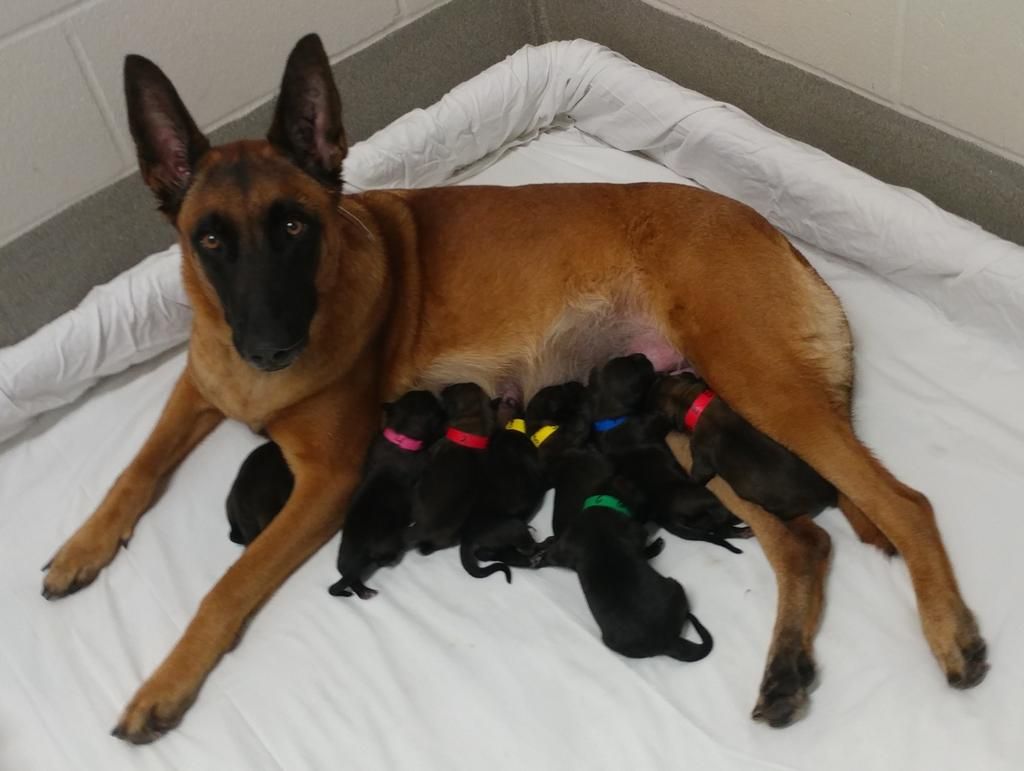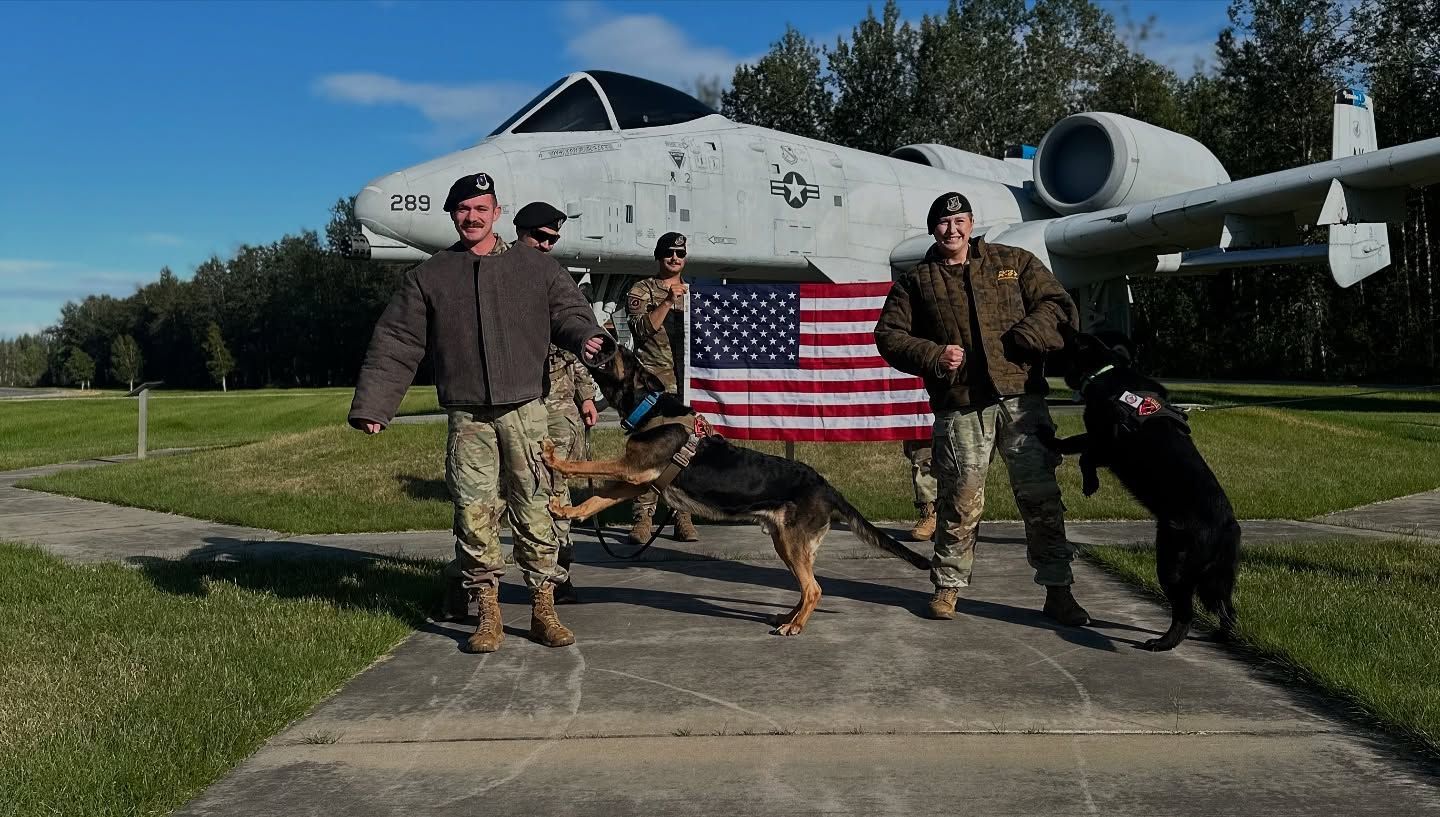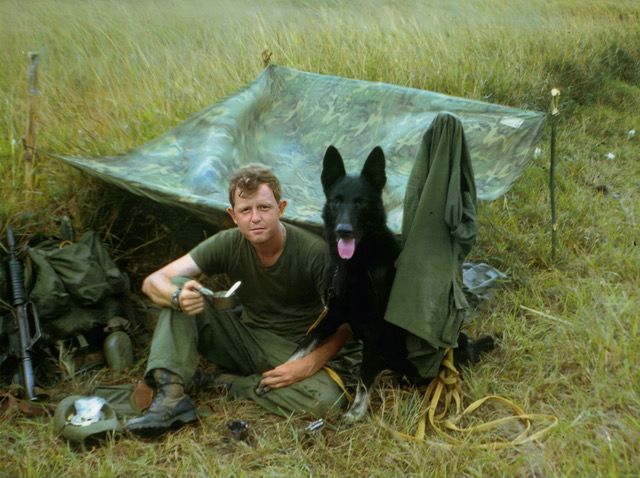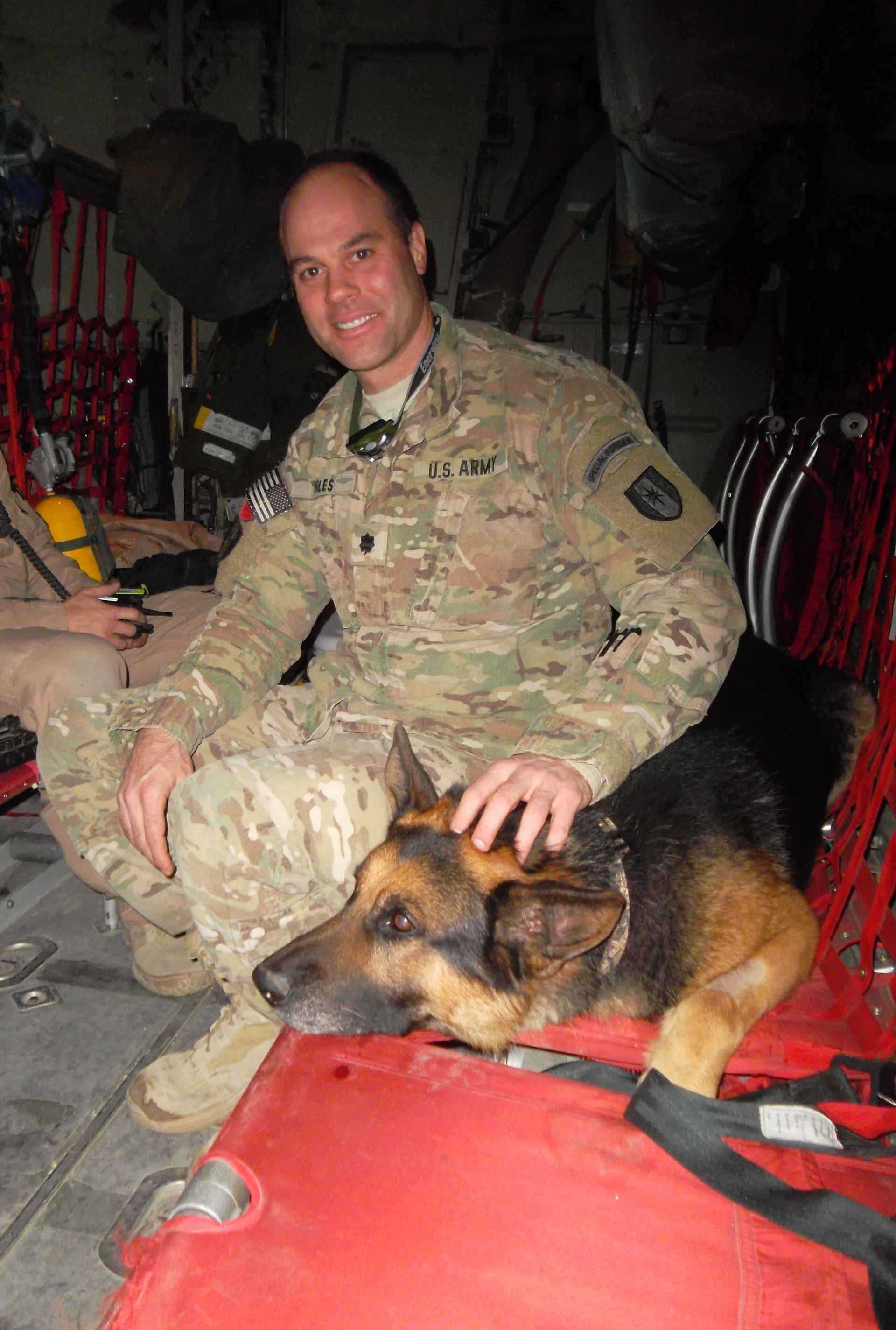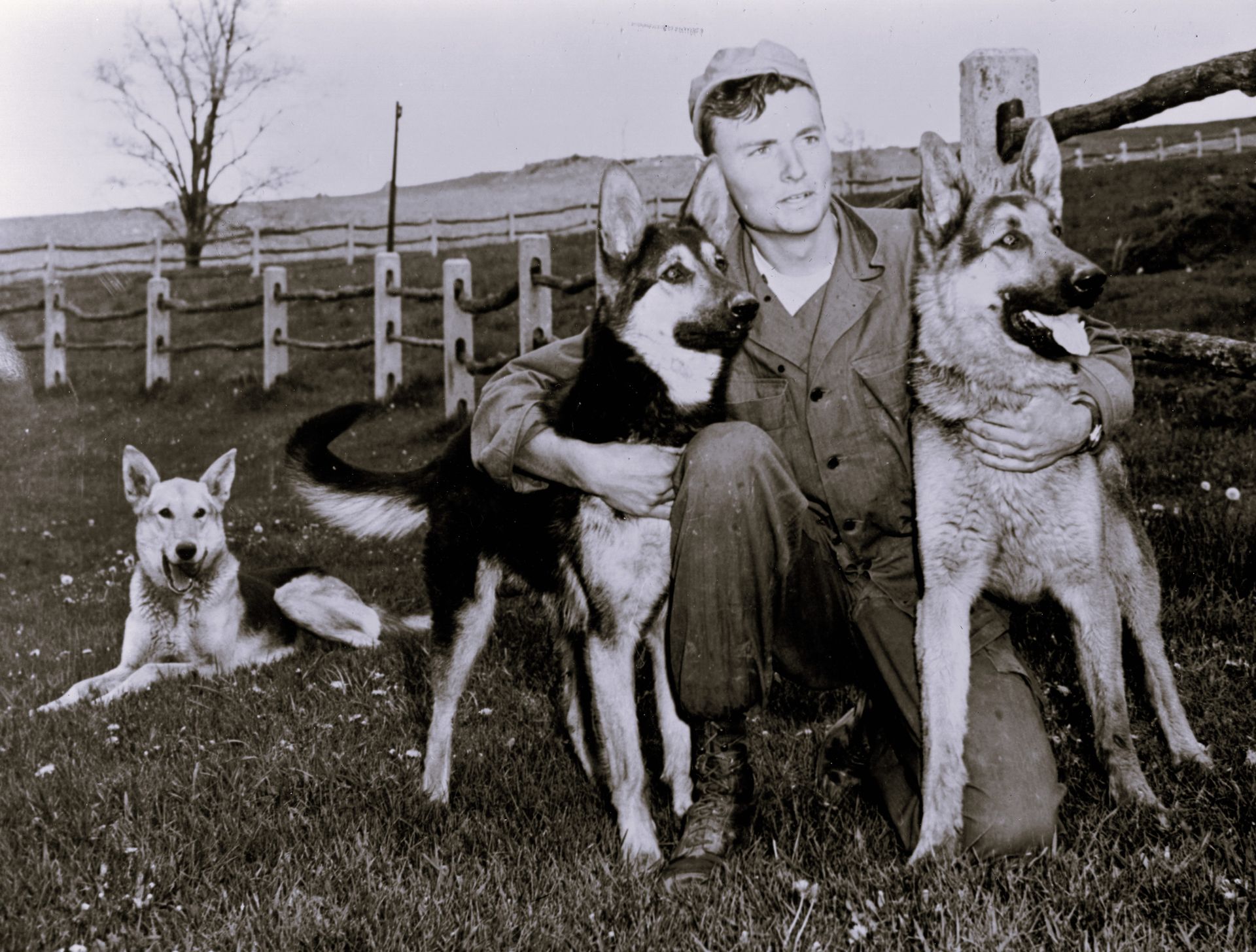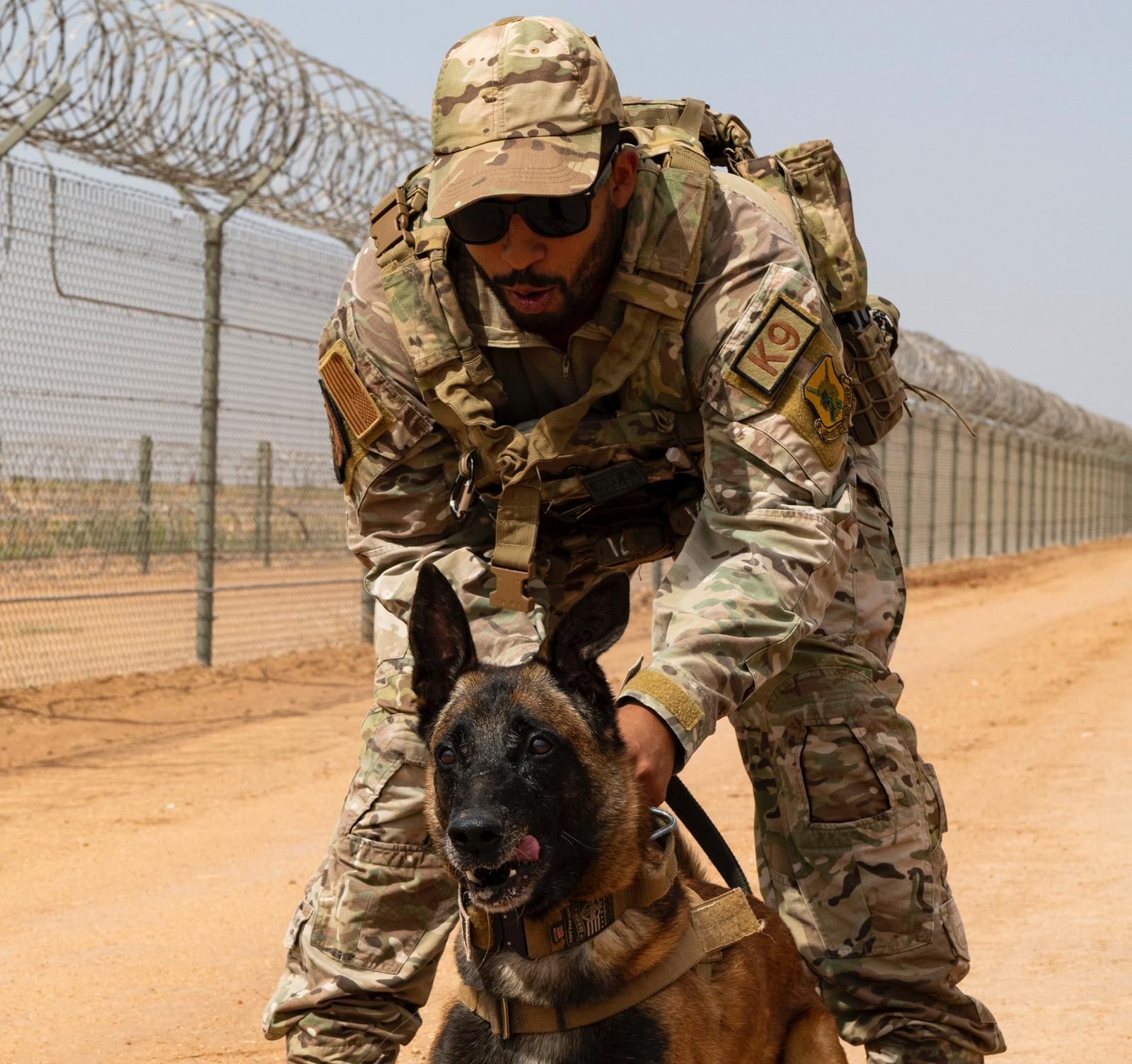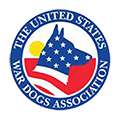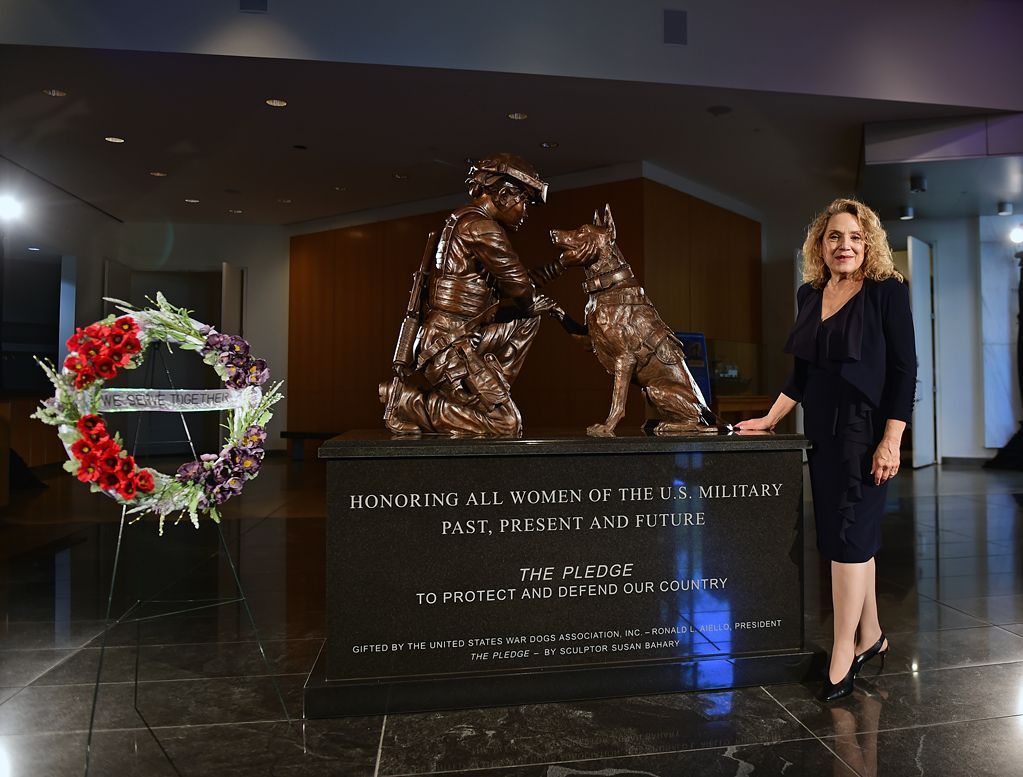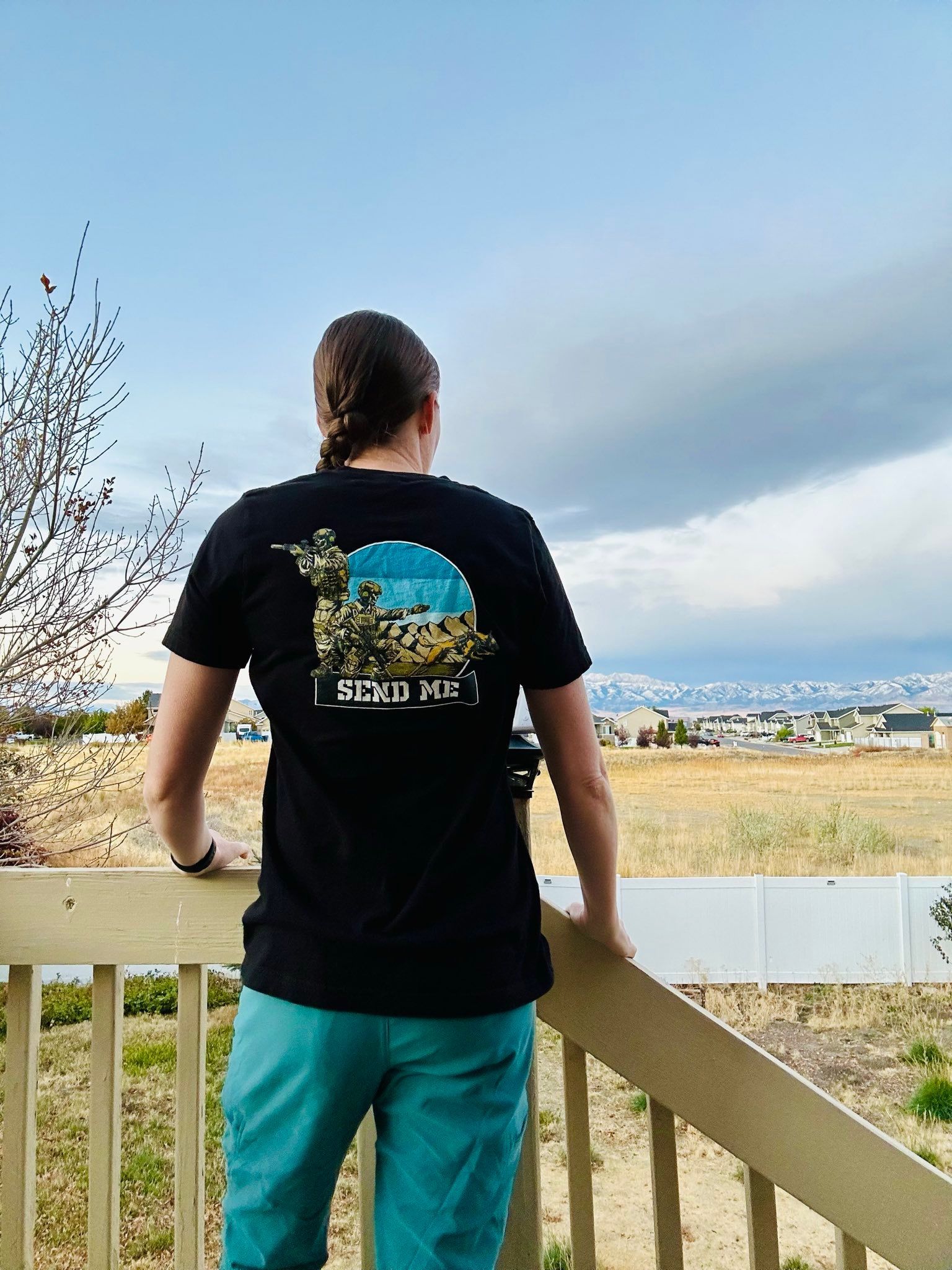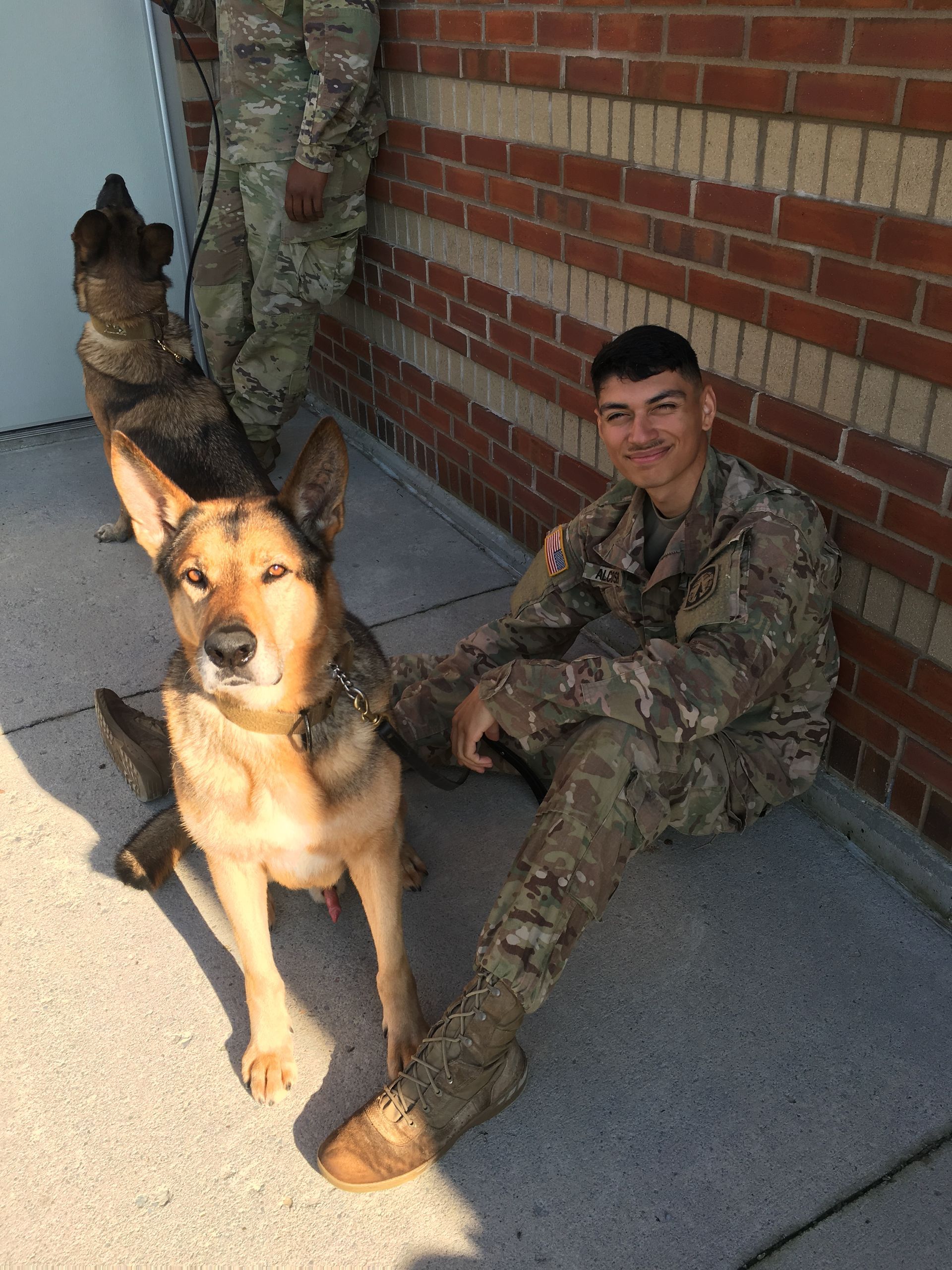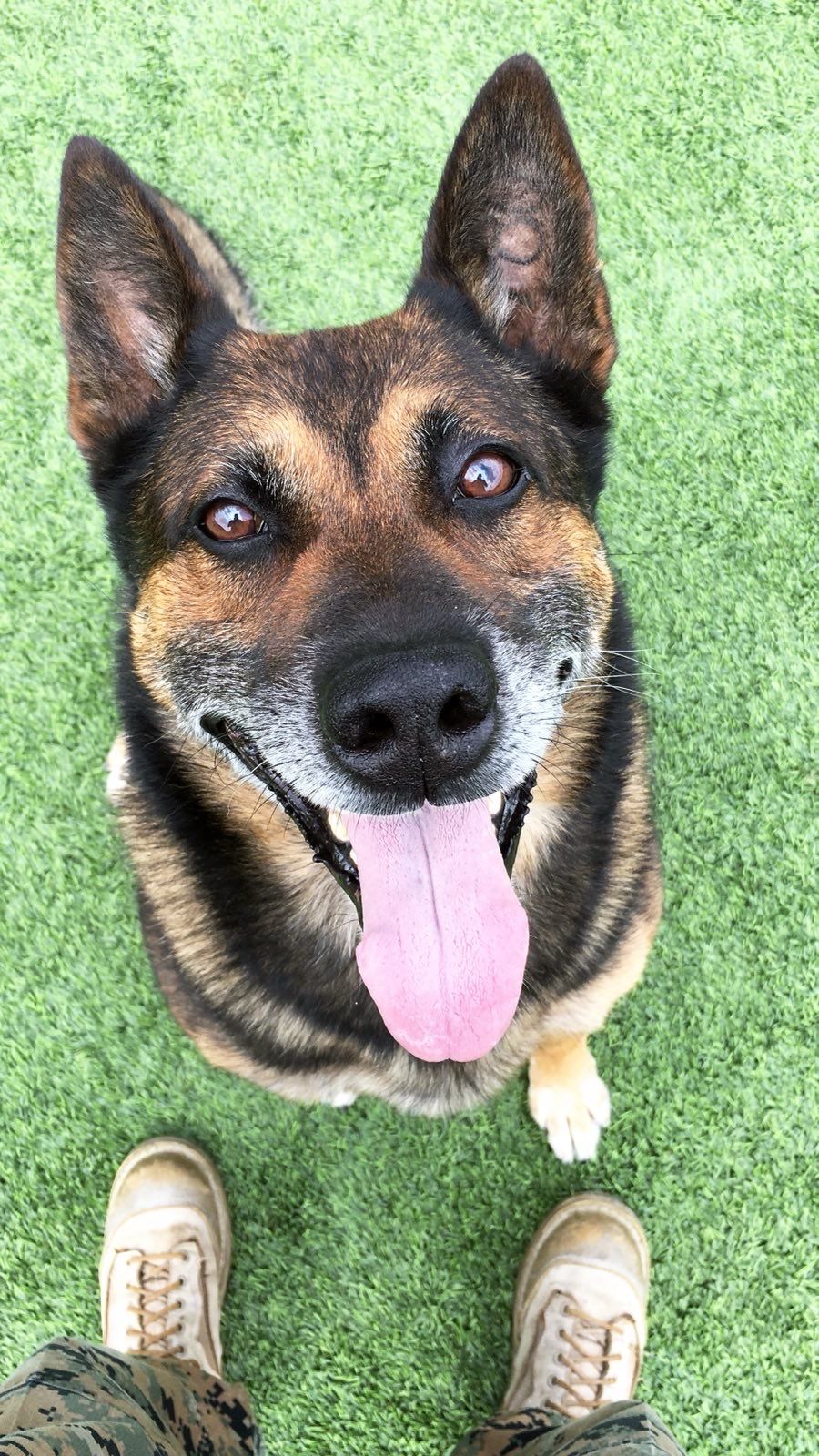
Best Job in K-9?
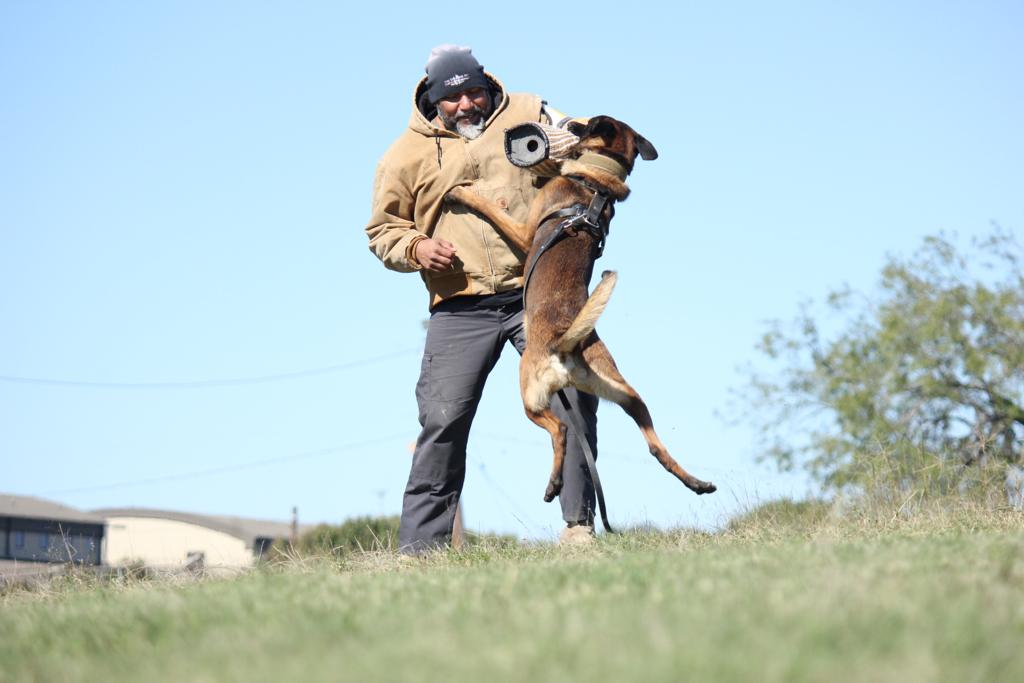
US War Dogs chats to Dr Stewart Hilliard – founder of the Military Working Dog Breeding Program at Lackland Air Force Base - about what makes MWDs special, his best moments, and curly tails…
“To the uninitiated, it looks like I spend my days playing with puppies”, admits Dr Stewart ‘Doc’ Hilliard with a smile in his voice. An expert in breeding; a PhD in Psychology and a professional dog trainer, the unique characteristics of Doc’s resume make him the perfect candidate for his role at the 341st, heading up the puppy program that has produced about 1,700 puppies and perhaps 900 MWDs since its inception in 1998.
So how did Dr. Hilliard (known as “Doc” to one and all) gather the necessary skills and experience to fulfil one of the best jobs in K-9? “I was 20 when I started training dogs for a living. I was a purebred dog breeder too – my whole world revolved around working dogs.
“After ten years though, and at age 30, I decided to go to grad school to study for l a PhD in animal learning. My original plan was to become a university professor but by the time I graduated, the 341st was acquainted with me through an appearance I made at a DoD MWD Program Conference, and eventually Dr. Walter Burghardt, the visionary who proposed and “sold” the idea of a DoD breeding program for MWDs, asked me to come in to set up the program, as well as conduct research in Psychometrics and Psychophysics of MWDs.”
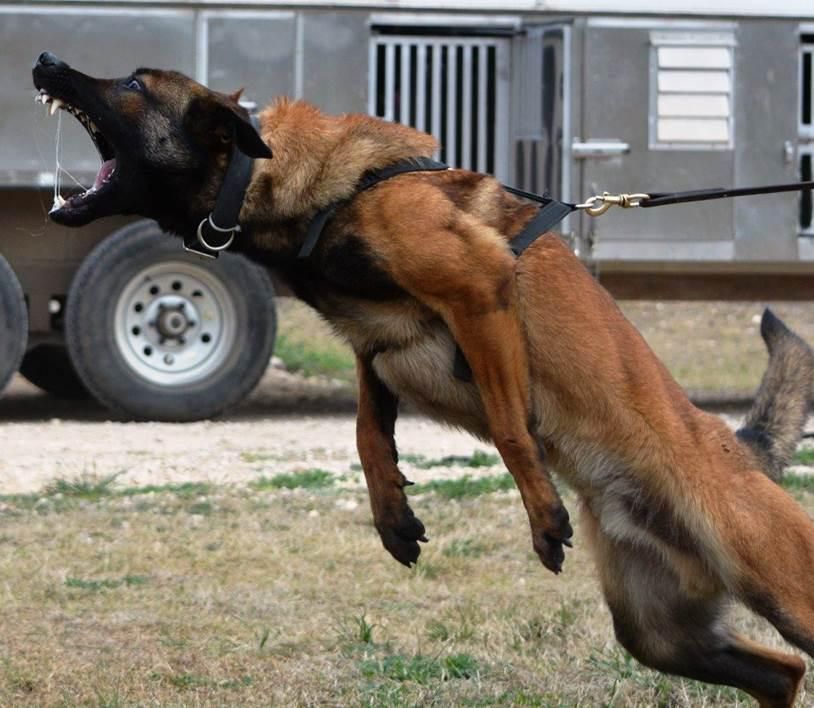
In 1998, the requirement for MWDs was increasing across all branches of service, so the DoD decided it would be a good idea to set up a breeding program that would decrease U.S. reliance on overseas purchase of dogs to fulfil its military needs.
From 1998 to 2004, Doc worked as a contractor in MWD research for the US Army, before being hired as a civil servant by the Air Force to play a role in MWD production at 341 TRS. “By this time, the program was up and running and the squadron wanted me to perform other MWD duties, but I stayed close to the puppies for the next several years.
“I can say that I have personally known very many of the puppies whelped through the program, and there have been about 1,700 of them altogether. I can recall their lineage too, in the sense that I can look at a pedigree and point out the individual dogs back through the years that I handled and knew and tell you what they were like as work dogs and sires and dams, “who” they were, if you know what I mean, which is pretty special.”
But did Dr Hilliard know what happened to the dogs once they left puppy school? “Once the puppies leave us, I admit I don’t have much exposure to the work of the dogs in the field. Important aspects of their work are in the realm of sensitive information that is reported back through channels and I may not ever see it.
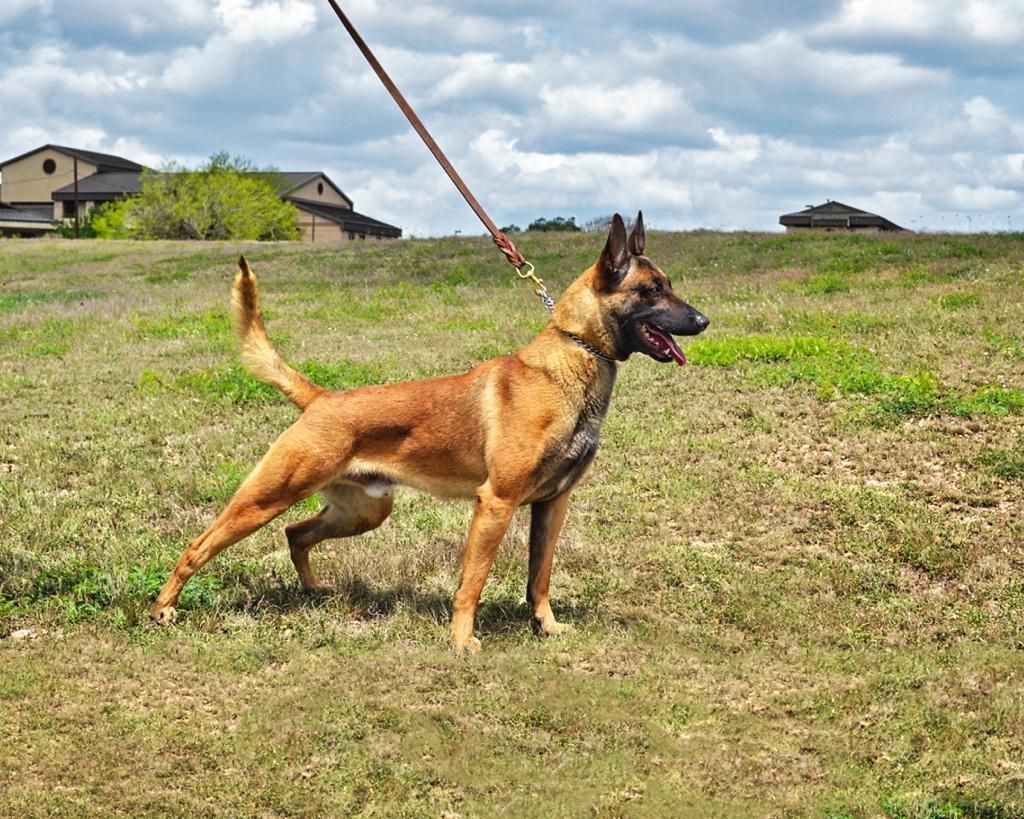
“My most personal method of understanding what the dogs mean to our military is through the anecdotal stories I hear from service members. One guy I met in a civilian setting, told me how his life and limbs had been saved by an MWD who had detected an IED that would have blown up his entire team if they had advanced past the point at which the dog warned them.”
“I remember that guy thanked me for my service, which really took me back, as I’ve never taken the oath or served in the military, but I think what it confirmed for me is how much those dogs personally effected the lives and destinies of the men and women they worked alongside.”
The personal stories shared with Doc by service members, really left their mark on him. “I remember one instance when I was talking to a Vietnam War MWD handler who told me how his dog would alert the forward operating base to impending mortar attacks, which were a constant threat to the troops there.
“He explained how, during the many periods of inactivity in the base, that the guys would play poker and have the dog rest in a down/sit position next to them. If the dog broke the position and made for the bunkers, so would they. The dog could hear the Viet Cong mortar rounds sliding down the tubes out in the hills before anyone else heard a warning noise. That MWD was never formally trained for this specific task but, as the handler told me, ‘he only needed to be shot at once and then, like the rest of us, he immediately knew the score’.”
Stewart admits that although he is a trained scientist, there are some mysteries about dog behaviour and capabilities for which we currently have no satisfactory explanation. For instance, it is not unknown for an explosives MWD specifically trained to detect the raw chemical smells associated with explosives to save lives by giving warning of some neutral – but critically significant object or substance on the battlefield, such as a tripwire or trigger device at some distance from the explosive.
“Does the animal do that because that device is contaminated with the odor of the explosive at the end of the wire, or is there some other process at work? Perhaps more science and research is needed or maybe we need to admit that dogs will always defy some of our scientific attempts to understand what they can do, and who they are. Either way, after decades of working with these animals, I am still completely in awe of them. When MWDs do stuff like this, troops remember it because their lives and limbs are literally spared, but in a manner that is a bit mysterious to all of us.”
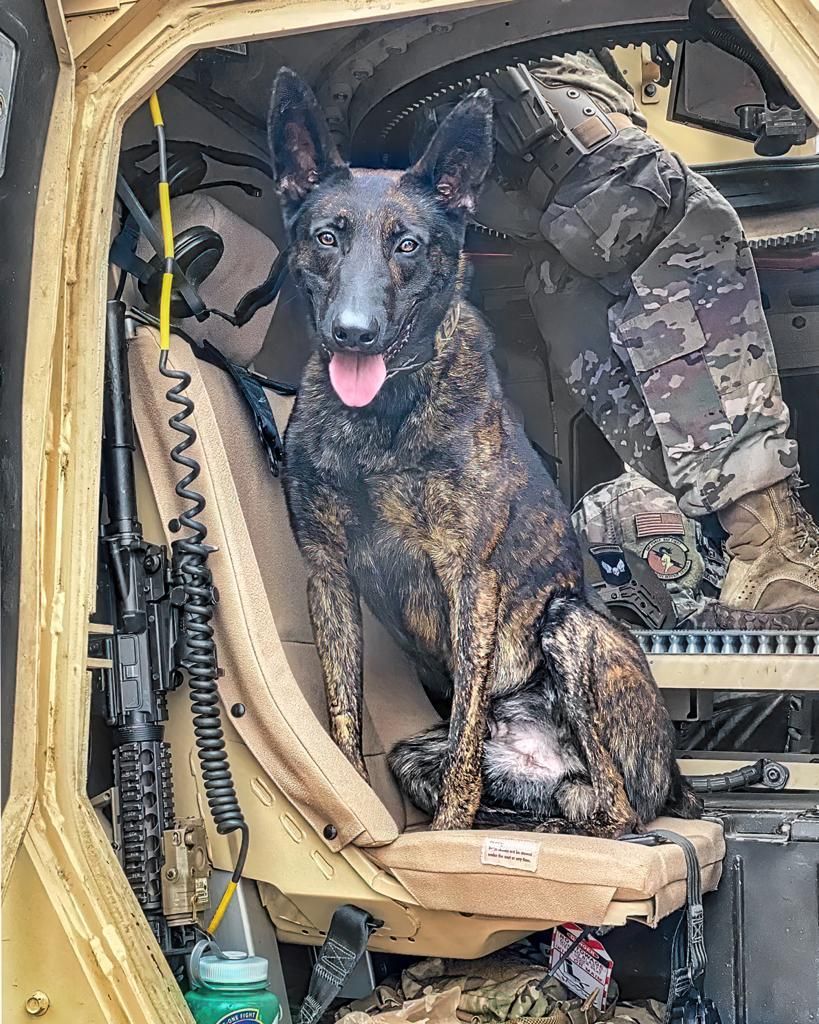
A Day in the Life
So, what does a typical day look like for the chief of the MWD breeding program? “Aside from the meetings and admin associated with the job, the main part of my day often centers around working with puppies in foster homes that range in age from seven weeks to 11 months. A lot of my time is spent with young dogs and to the untrained eye, young puppy training just looks like playtime, which – to the puppy – and sometimes to me too – it is!
“The work involves teaching them to be self-confident around ‘scary’ objects like vacuum cleaners and air compressors; to chase and retrieve toys like rubber Kongs, to search for those toys, to bite and play tug-of-war with jute and linen rags and sleeves, and to bark aggressively at a menacing and creepy human being. There’s a ton of activity going on and of course, it’s all done with the absolute maximum energy of a kid’s party, so there can be a real carnival atmosphere in the puppy training area, especially when the puppy is really good and brave – that really infects everyone with good spirits.”
The puppies, who are either Belgian Malinois or Dutch Shepherds or a mix of those and even other breeds, are bred for their working characteristics. “Our dogs aren’t registered; they don’t have formal pedigrees. They are generally not purebred dogs.
“Because these dogs have been selectively bred for at least a hundred years more for what they can do rather than what they look like, we see all sorts of weird and wonderful physical attributes that come through, from black coats (although it is technically impossible to have a black pedigree Malinois, because the breed standard says that a Malinois can be only red or sable or fawn) through tiger-striped brindle markings, to floppy ears and curly tails.
“These features aren’t important to the program, although the breeder in me always has some internal struggles. Curly tails are a great example of where we as a program really depart from formal Kennel Club breed standards. As an old-time purebred German Shepherd and Malinois breeder, I hate a curly tail and hate to breed with a dog with a curly tail. But when I see a dog with a rock-solid character with good health, from a good family, I have no choice but to use this dog in our breeding program when it is called for. My employees tease me about it, and I swear that if there are two good work dogs in a litter, and two pet dogs, the dogs with strong character will be those with curly tails. It seems to happen over and over again, sort of like my special curse.”
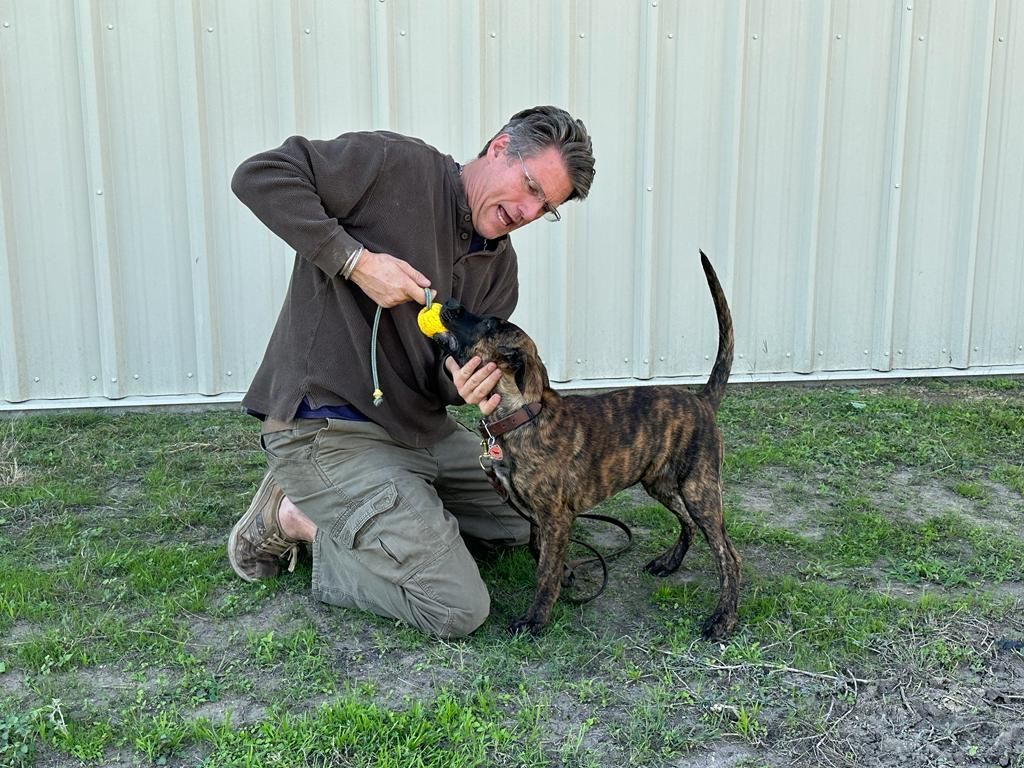
Golden Moments
After 24 years working at the 341st Training Squadron, what are Doc’s best moments? Aside from all the puppies, of course…
“For me, the payoff for all our hard work setting up the program came about six years in – around 2004. There had been a lot of skepticism about the breeding program but around that time, we started to get word that the trainers had become eager to get our dogs in their classes, even resorting to playing dirty tricks on other teams to get assigned breeding program dogs first. Nothing provided me with greater validation that we were succeeding in our mission, than that.”
In working dog breeding, litters that have a 100 per cent success rate are rare. “Many pups just aren’t made to be working dogs, they don’t have the genetics, and we expect substantial attrition when it comes to puppies who make it through to training and certification. But on those rare moments when you do see a whole litter pass through the program and out into the field, it’s a real cause for celebration. The first time we realized we had a 100% litter on our hands was another red-letter day.”
The dogs that don’t make final selection are often adopted by local civilian families to live their best lives as pets. The dogs experience foster homes to help them acclimate to the sights, sounds and smells of modern life and many of the fosterers are first in line to adopt the dogs if a life of military service isn’t for them.
Finally, Doc recalls a very special phone call he unexpectedly received from a trainer in the US Government working dog sphere, for whom he has the utmost respect for his experience and technical accomplishment. “He called me to say that he had run a series of advanced courses for established US Army MWDs in the field, in which the student dogs faced unprecedented challenges in terms of learning completely new skills under stress, and that our breeding program dogs were showing stronger character and passing at higher rates than those procured from vendors.
“I just called to say you must be doing something right, because from what I can tell those are some real nice dogs your program is turning out" he said.
“From one old dog guy to another, that was a huge compliment for me.”
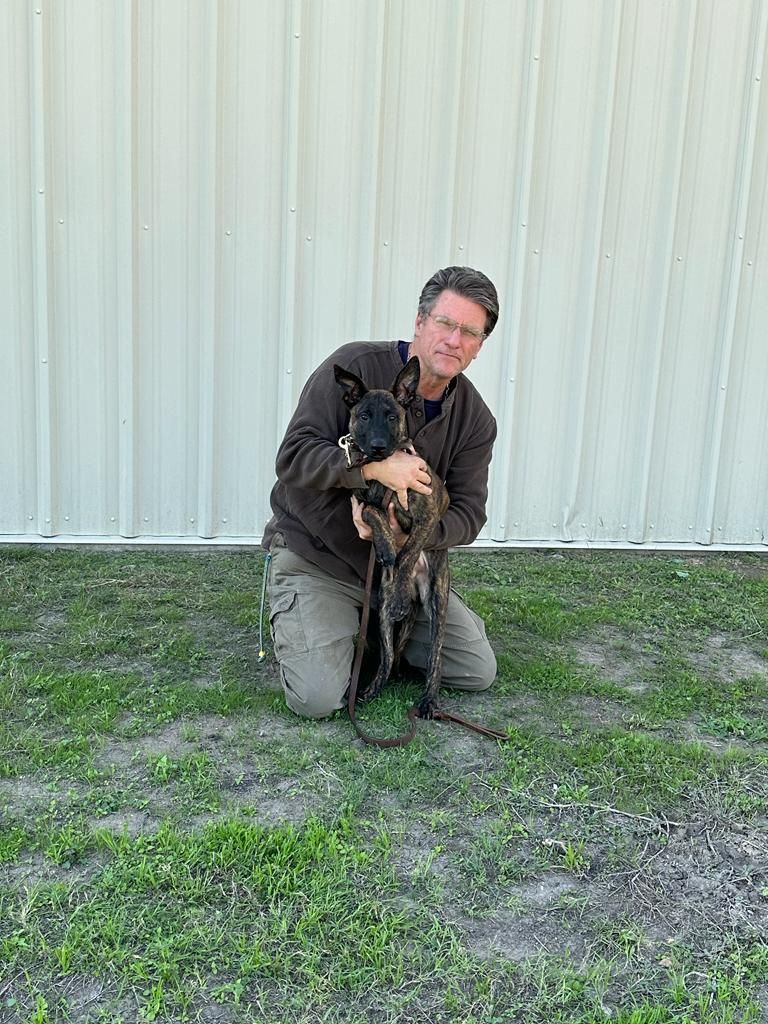
Spirit Animal
“You can’t do this job without having a true regard, respect and attraction to these dogs, but there is a moment that happens in the first flushes of an exceptional dog’s young adulthood that always makes my breath catch: When you see a young, brave dog come into a strange room or situation with presence and really announce him- or herself through posture and attitude. When you realize that this animal you helped to produce is somebody: a force to be reckoned with. You feel like what you do is worthwhile and that you have something to be proud of, standing there in the room with you.
“In that moment, we all take a step back and realize that we’ve taken part in creating what seems like a small marvel—a vital, powerful, and sometimes very beautiful animal that is also a military asset of great price because it can perform missions that no other asset can. That moment is what really drives me, and I think all of us, from whelping technicians to fostering consultants to trainers, feel that same thrill.”
Of course, working with dogs evokes a personal association and relationship. “Just like with humans, you get along with some dogs more than others; you like some dogs better than others, and some dogs like you better than they do other people. But when a truly powerful dog – an animal beyond your capability to dominate or compel, feels a strong enough bond to you to voluntarily do as you ask, it can bring tears to your eyes.”
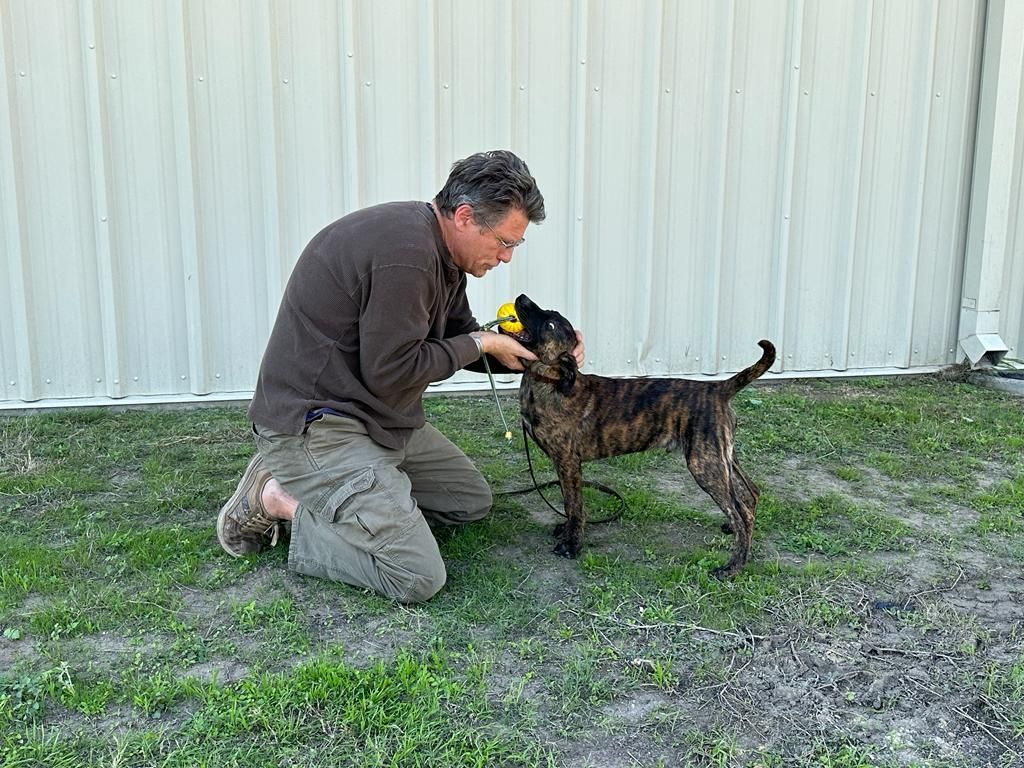
Dr Hilliard’s passion and insight into MWDs is infectious and inspiring. His experience and insight into what makes a capable and life-saving working dog, have been instrumental in helping to create a successful breeding program. “We breed these dogs for strength of character and body; resilience, spirit, courage, fortitude, persistence, and stoicism. And the irony is that to the degree that we succeed, we can also produce an animal that is challenging – even to experienced working dog trainers.
“The most magical thing is when such a dog chooses to obey our commands and give himself to us and put themselves into our hands.”
This is where Doc addresses head-on, the difficult ethics of loving dogs at the same time as we use them for our purposes, and even send them into harm’s way in our stead. “Even while we use MWDs as vital assets, it is our responsibility to respect, care for, and even to love these dogs; not for the human traits that we think we see in them – because that leads to misunderstanding – but instead, to revere and love them for what they are: Non-human animals and miracles of biology that do not share our understandings.
“We must love our brave dogs and strive to treat them as well as we can – not because they are like us, but precisely because they are nothing more than splendid animals, and how well we honor our obligation to them is the measure of us, not of them.
Amen to that, Doc. K-9 leads the way.
